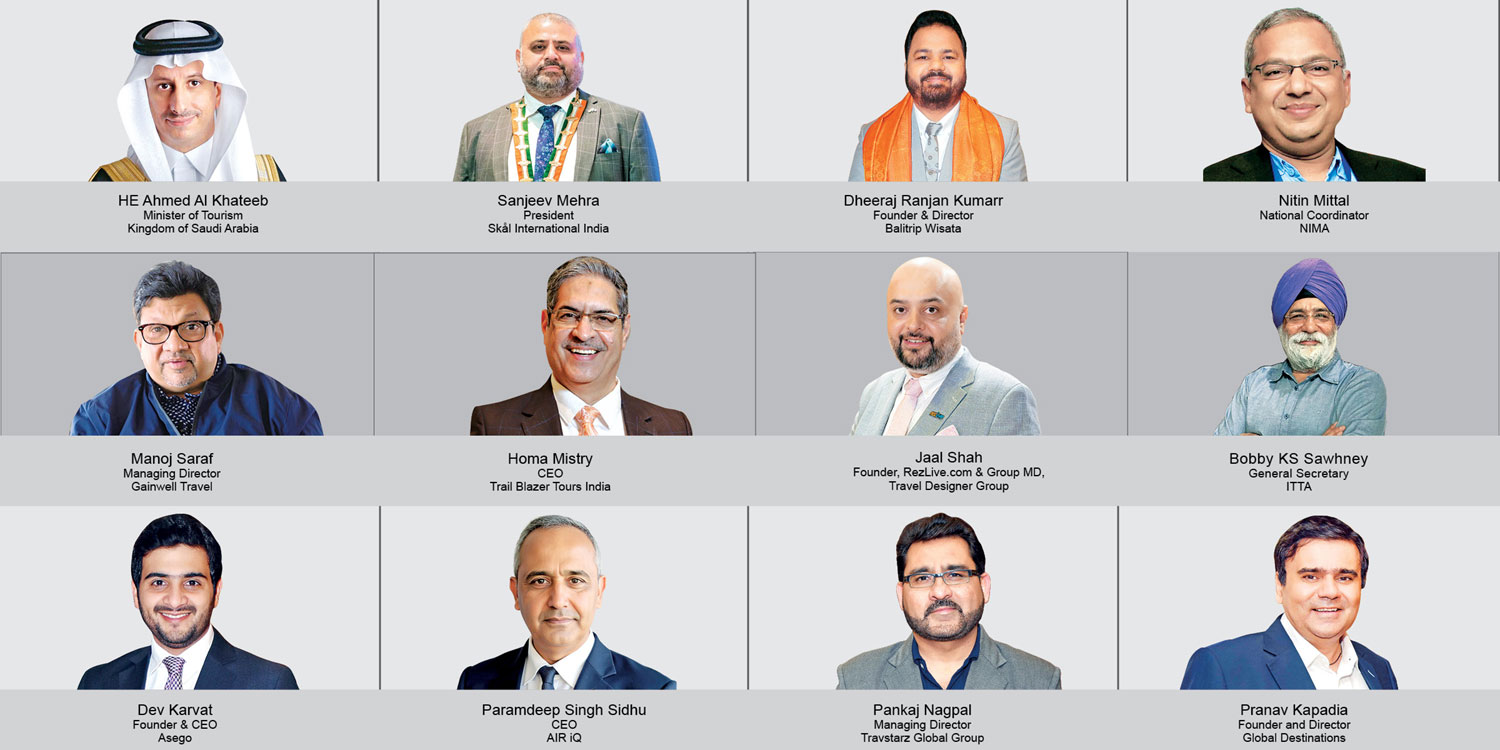Business travel in India will reach pre-2019 spending levels by 2025 and is expected to reach 120 per cent of its pre-COVID business travel spend by 2027, says Catherine Logan, Regional Vice President – EMEA & APAC, GBTA.
Hazel Jain
Global Business Travel Association (GBTA) has been away from the India market for almost seven years. But it recently hinted at a comeback – at least remotely – to this dynamic market. Catherine Logan, Regional Vice President, EMEA & APAC, GBTA, says, “We are delighted to be back in this really important market. GBTA re-entered the APAC market two years ago with our conference in Bangkok. We then set up a regional advisory board, which includes representation from India. This regional advisory board guides us on what we should be doing in the region. Of course, one of the main markets that they have highlighted as a priority and one that we should definitely serve is India.”
Logan was in India to attend the first FCM Corporate Travel Summit, which was powered by GBTA. GBTA is about building a community that helps to facilitate networking and knowledge-sharing, best practices, and providing education for its members, as well as advocacy.
Logan also shared insights from a report titled ‘Global Business Travel Index Outlook’, which looks at some key economic indicators to forecast what could happen in terms of business travel spend. The report also highlighted India. “India will fully reach pre-2019 spending levels by 2025 and is expected to reach 120 per cent of its pre-COVID business travel spend in 2027. It is currently the ninth-largest market for business travel spend globally, but by 2027 it could be the seventh-largest, leapfrogging Italy and South Korea. This could be attributed to the economic growth in India, the expansion of air capacity and travel at large. We believe that business travel fuels economic growth,” Logan explains.
Understanding Indian business travel
Indian business travellers are more likely to combine leisure with their business trips, shares Logan. “They are also more likely to travel for internal meetings. They are more likely to fly first class or business class, or stay at a high-end premium hotel. No wonder then that business travel spend coming from India is around US$ 33 billion per year. This is set to grow by 12 per cent in 2024,” she shares. This spend includes travel cost like airfare, accommodation, and F&B.
From other studies that GBTA has conducted, Logan explains that sustainability also came up as a top priority for travel managers, corporations and governments. So, it is travel with purpose, travel to drive business, but travel with the environment in mind.
NDC to save costs
NDC is always a big discussion point these days, and while it may appear that NDC has been adopted elsewhere in the region at a faster rate, it is certainly coming to India. Logan says, “The solutions for NDC are on a commercial level, which includes contracting and negotiating with airlines. But nobody can deny the advantage that India has in terms of technological development, the appetite and readiness to adapt, and the agility to develop what is required. This is definitely a market to watch.”
The state of business travel in India
- 9th largest travel market in the world for travel spending
- 4th largest market for APAC, representing 5.7 per cent of business travel spending in the region
- In 2023, India’s business travel spend grew 24.7 per cent, lagging growth levels globally (32.1 per cent) and for APAC (41.2 per cent)
- India’s overall recovery in 2023 was estimated at 78 per cent of pre-COVID levels
- Momentum is expected in 2024 bringing an 18.3 per cent increase in spending
- India to fully reach pre-2019 spending levels by 2025, a year later than the forecast for APAC, and reach 120 per cent by 2027
- 2024 estimated business travel spending in India: US $38.2 billion
 TravTalk India Online Magazine
TravTalk India Online Magazine





